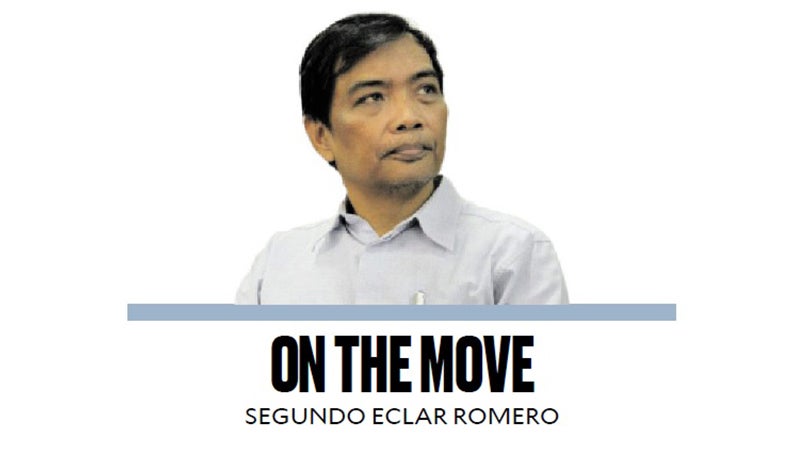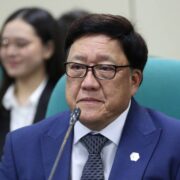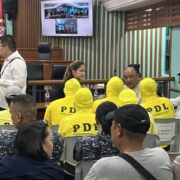Future-proofing universities

In a world of accelerating change, universities must not only keep pace—they must lead. The challenges of climate change, technological disruption, global inequality, and the volatility of future job markets demand that our universities become future-proof—resilient, adaptive, and capable of shaping better tomorrows.
Some of our Philippine universities have already taken bold steps toward this future. Cavite State University (CvSU) in Luzon, East Visayas Institute (EVI) in the Visayas, and Mindanao State University-Iligan Institute of Technology (MSU-IIT) in Mindanao have become the pioneering members of the Universities SDG Action Network (USAN) organized by Future Earth Philippines (FEP). Their leadership inspires not just their students, but the entire academic community across the country.
Through the FEP’s SDG Action Hour, these universities have actively shared their experiences, projects, innovations, and challenges, creating a vibrant platform of learning and solidarity. Every Friday, the Action Hour becomes a space where the Philippine academic and scientific community comes together—not merely to report successes, but to build collective wisdom from setbacks, local innovations, and shared hopes.
In Pampanga, this spirit of collaboration has also taken root. Several universities—including Pampanga State Agricultural University, Don Honorio Ventura State University, the City Colleges of San Fernando and Angeles, and the Mabalacat Institute—have formed the USAN Pampanga Chapter. Together, they support the province’s effort to gather real-world data using the Community Resilience and Transformability Scorecard and Survey, which is now helping shape the planning processes of 22 municipalities and cities in Pampanga. This is future-proofing in action—universities directly informing local development through community-centered, science-based tools.
Today, CvSU continues to champion this mission by convening a conference of future leaders on future-proofing universities. It is a timely gathering. As one of the invited speakers, I wish to share several pathways that universities can consider based on local and international examples, as well as the inspiring experiences of our USAN member universities.
Future-proofing pathways for universities. Embed foresight in university strategy. Universities must regularly look beyond the short term. Establishing foresight units, scenario planning workshops, and futures thinking courses across disciplines can build the capacity to anticipate and shape the future. CvSU is already taking steps in this direction by integrating futures thinking into its planning conversations.
Build robust and flexible learning systems. Hybrid learning, open educational resources, micro-credentials, and modular degrees provide universities with the flexibility to withstand disruptions while remaining accessible to diverse learners. This was proven vital during the COVID-19 pandemic and will remain critical in the decades ahead.
Strengthen multi-stakeholder partnerships. The USAN Pampanga experience is proof that universities can be cocreators of solutions alongside local governments, civil society, and communities. Universities should not just educate—they should solve, partner, and transform.
Champion diversity and inclusion. Future-proof universities must embrace the power of diverse perspectives—across genders, disciplines, socioeconomic backgrounds, and generations. Including indigenous knowledge systems, community voices, and even student co-designers strengthen the university’s resilience.
Transform campuses into living laboratories. Universities can lead by example in sustainability—building green campuses, adopting renewable energy, and using their facilities as testbeds for climate solutions and community resilience.
Practice multi-scenario planning. Instead of assuming one future, universities should prepare for many. This mindset not only builds adaptability but also empowers universities to become proactive designers of desirable futures.
The universities I have seen leading these efforts are not necessarily the wealthiest or the largest. Instead, they are the ones courageous enough to rethink their missions, open to collaborating across boundaries, and committed to building a more resilient Philippines.
The work of CvSU, EVI, MSU-IIT, and the Pampanga USAN network tells us that future-proofing is not a distant ideal—it is happening here and now. It starts with universities that choose to lean into uncertainty, to build futures literacy, and to become co-architects of sustainable, inclusive communities.
Our universities can be the seeds of transformation—not just for their students, but for entire regions. As we move toward the 2050s and beyond, the mission of the university must be bold, civic, and regenerative.


















Graduate school must refocus on the classroom